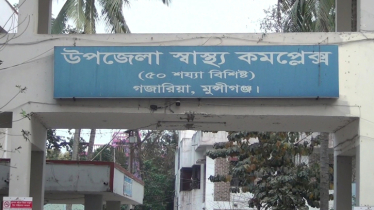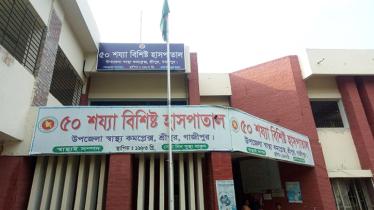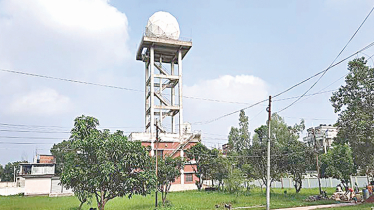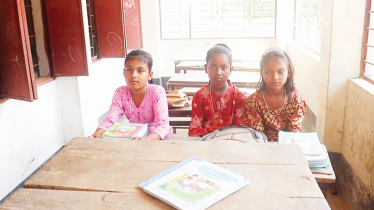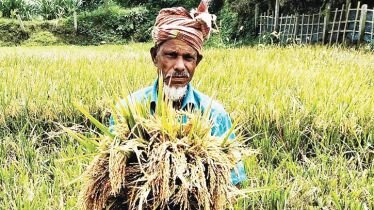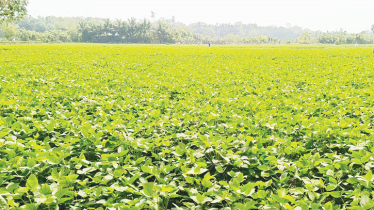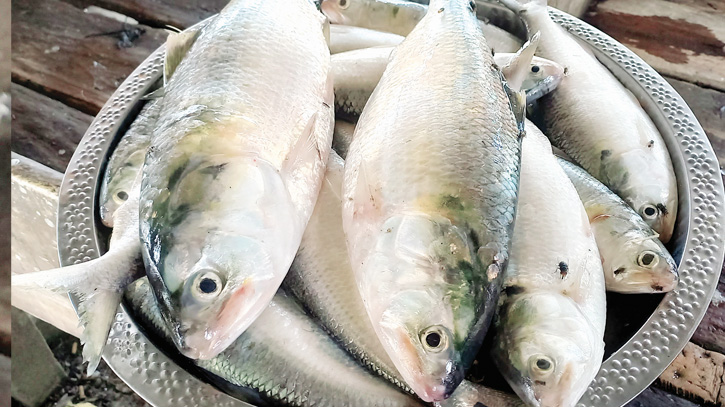
Photo: TDM
The picturesque fishing hub of Harina Ferighat in Chandpur Sadar Upazila is bustling with activity as the peak season for hilsa is in full swing. On an average day, an impressive 1.5 to 2 tons (50 maunds) of this prized fish are changing hands, highlighting the significance of hilsa in the local economy.
The hilsa available in Harina Ferighat predominantly originates from the southern region, where skilled fishermen bring their catches directly to small shops along the river coast. Wednesday at noon saw a considerable number of retail buyers flocking to Harina Ferighat, all eager to secure their share of the delectable hilsa. Additionally, a few enterprising fish traders purchase hilsa from local fishermen and distribute them to city markets and various parts of the country to meet the demands of friends and relatives.
Two fishermen, Lokman and Barek Khan, shared their experiences as they offered their freshly caught hilsa at the ghat. They had ventured into the Meghna River with a small boat in the morning, and by noon, they had already sold their catch for a total of 1500 taka. After expenses, both would pocket 1100 taka each.
Meanwhile, Aminul Islam and Abdul Jalil, fishermen hailing from Bahria area, reported selling their morning catch for Tk 1300. This stands in contrast to the scarcity of hilsa observed just a week ago. Now, hilsa is available in both small and large quantities, with greater yields for those who venture further into the sea with big boats, typically carrying 10 to 15 fishermen.
Taslim Hossain, who traveled from Naya Hat in Faridganj upazila to purchase hilsa, attested to the freshness and authenticity of the fish brought in by the fishermen. Although the price was relatively high, there was no concern about adulteration. On this particular day, Taslim acquired a 1 kg hilsa for Tk 1700. Smaller-sized hilsa were also available, with prices ranging from 550 to 700 taka per 'hali,' which constitutes a portion of 4 pieces. Notably, hilsa prices fluctuated in accordance with their size.
Sirajul Islam Sayyal, a respected fishmonger at Harina Arat, estimated that during the hilsa season, around 200 small and large hilsa were sold on both banks of the Padma-Meghna in Chandpur daily. While hilsa is currently abundant, concerns loom about decreasing river water levels. The conservation campaign for mother hilsa is set to commence at the beginning of next month, and then fishing restrictions will be in place. If fortune favors them, fishermen may have the opportunity to catch more hilsa in 20-25 days.
Moktar Hossain, another local resident, highlighted the thriving hilsa market, noting that an average of one and a half to two tons of hilsa are sold daily, translating to 37-50 maunds. With an average price of 1,000 taka per kilogram, the estimated daily value of 50 maunds reaches Tk 20 lakh. The majority of buyers are retail customers who prefer their hilsa fresh, creating a fast-paced market where storage is not an option. Consequently, there's no need to freeze the hilsa. Buyers from neighboring district headquarters, such as Shahrasti, Hajiganj, and Faridganj upazilas, frequently visit to procure the prized fish.
Regarding pricing, Moktar mentioned that hilsa weighing between 100-200 grams was selling for Tk 1650 to Tk 1700 per kilogram, while hilsa ranging from 700 grams to 900 grams commanded prices between Tk 1200 and Tk 1300 per kilogram. Smaller hilsa, sold in portions of 4 pieces known as 'hali,' were available for Tk 550-700.
Tanzimul Islam, the Senior Fisheries Officer of Chandpur Sadar Upazila, explained that the availability of hilsa varied among fishermen, with those using big hilsa net traps catching larger specimens. In contrast, fishermen using current nets or other techniques primarily caught smaller hilsa. Nonetheless, some fishermen expressed concerns about hilsa scarcity. It's important to note that the hilsa found at the Chandpur fish landing center originates from the local farms along the Padma-Meghna river system. These hilsa are renowned for their exceptional taste, which drives the high demand observed in the region.
TDM/AB


